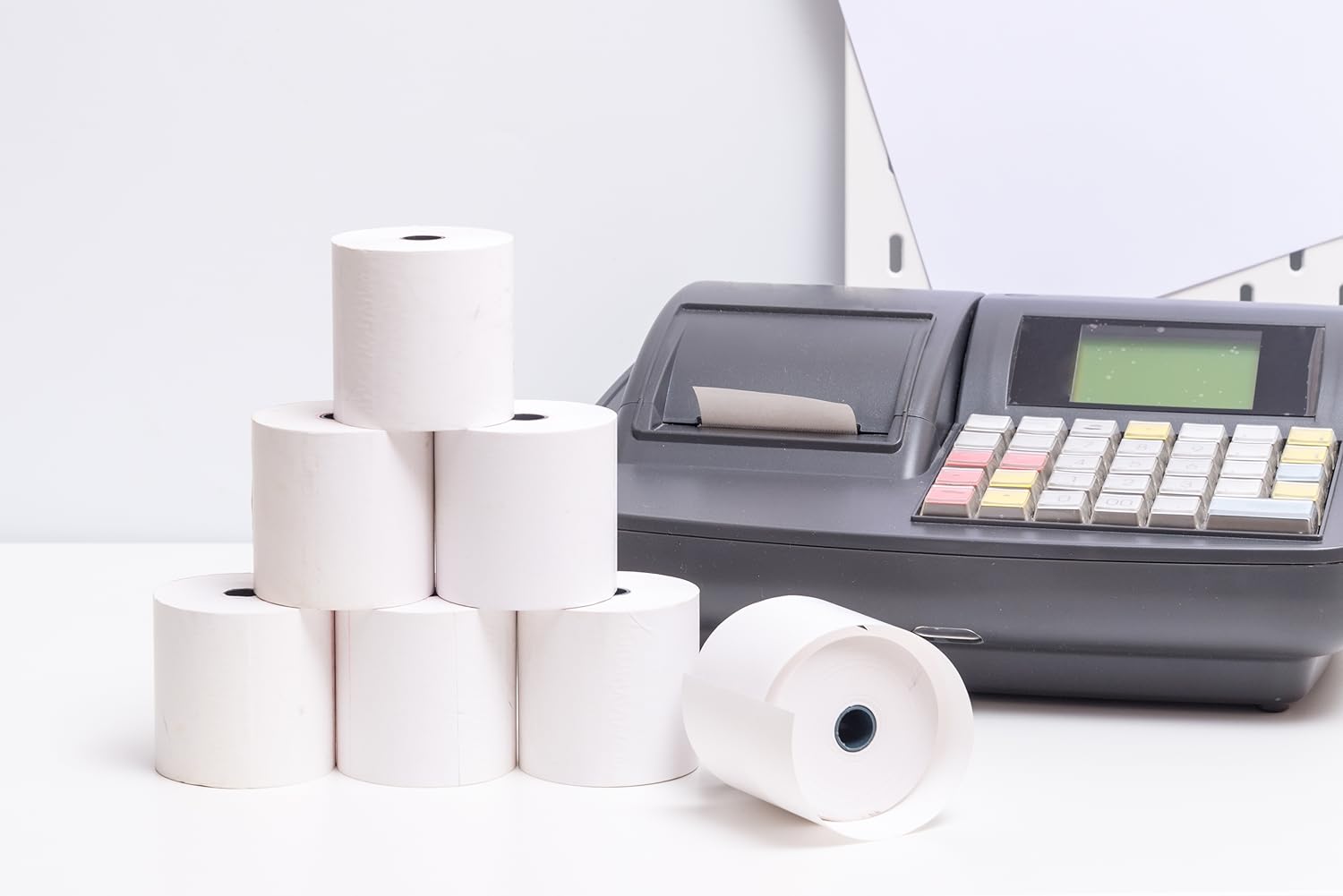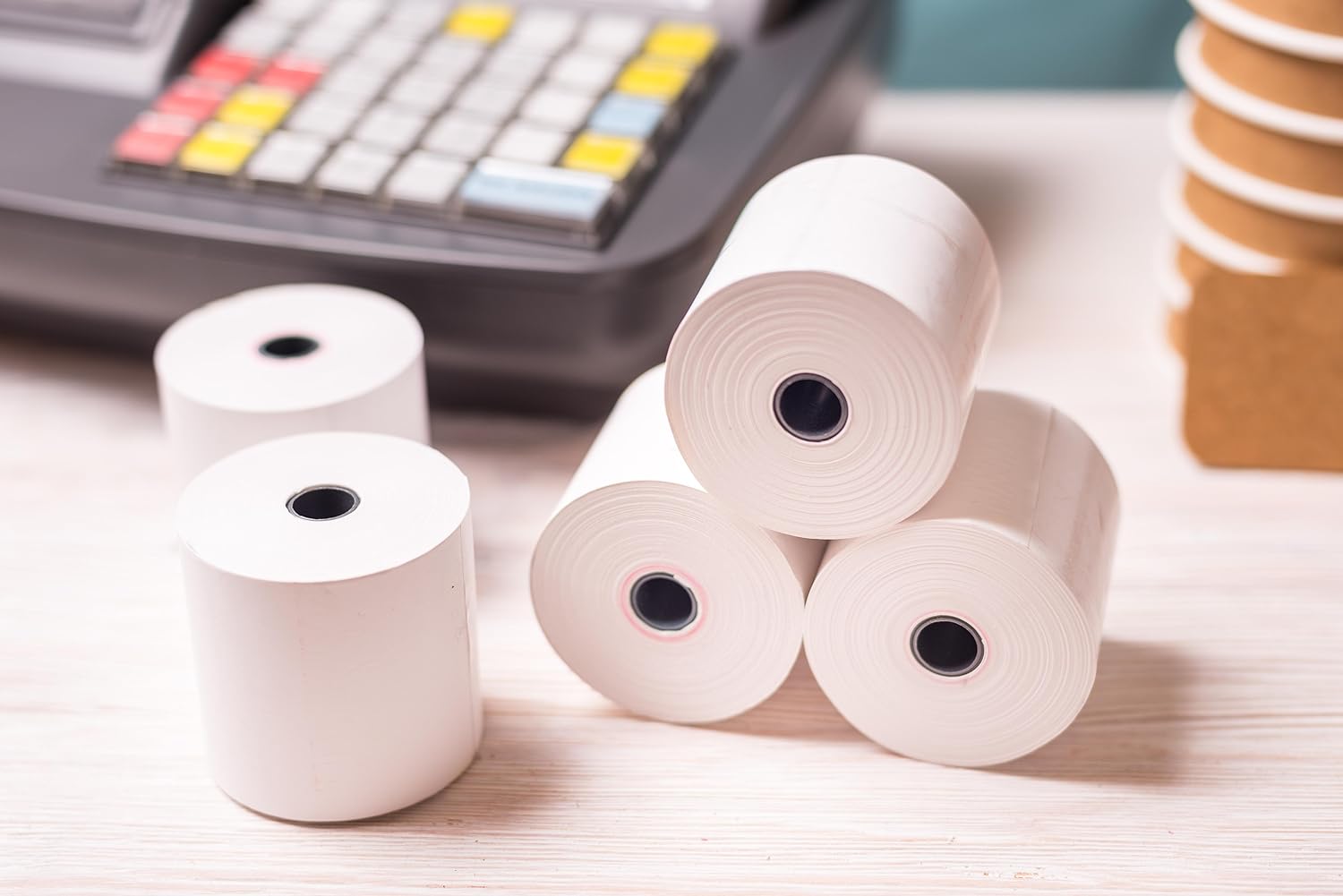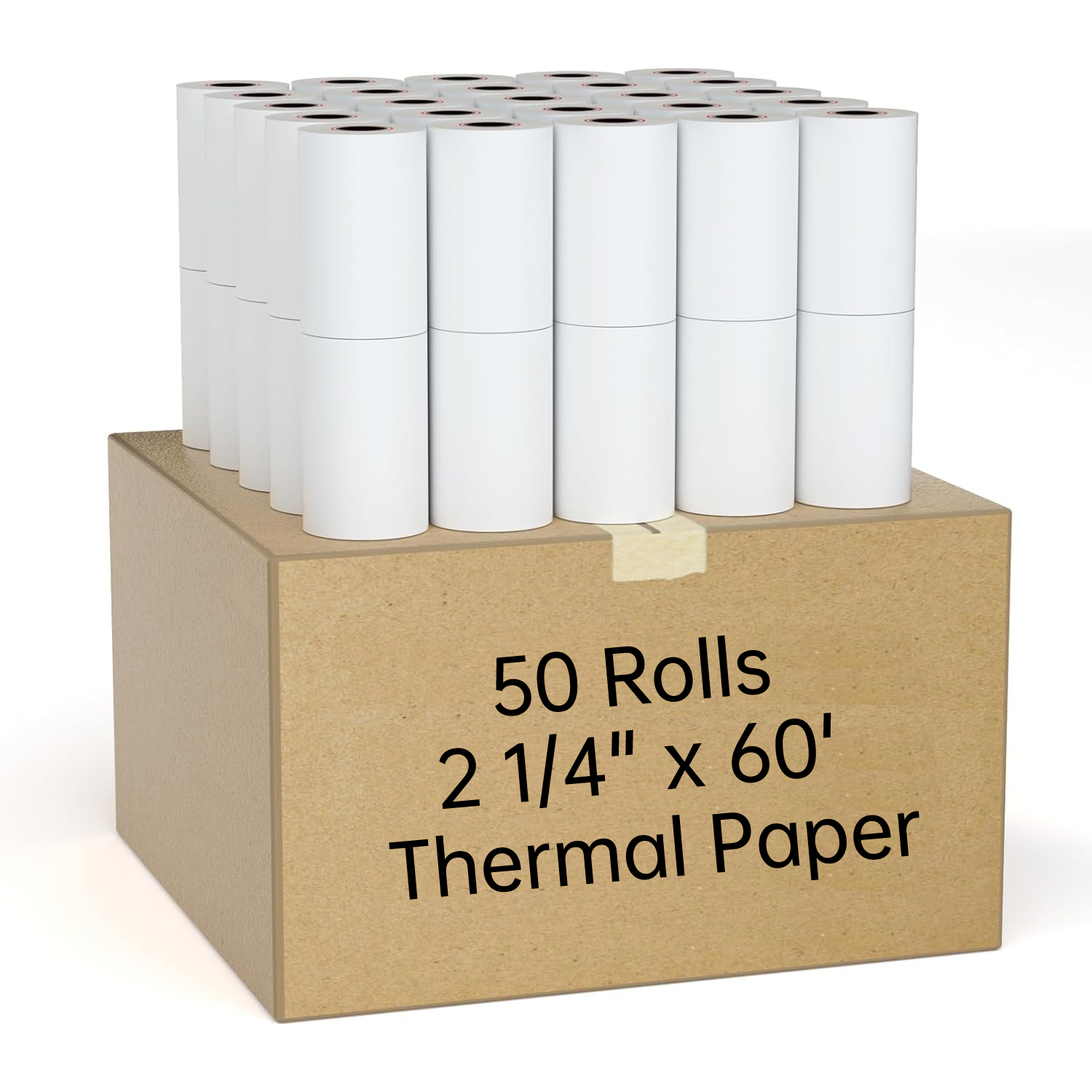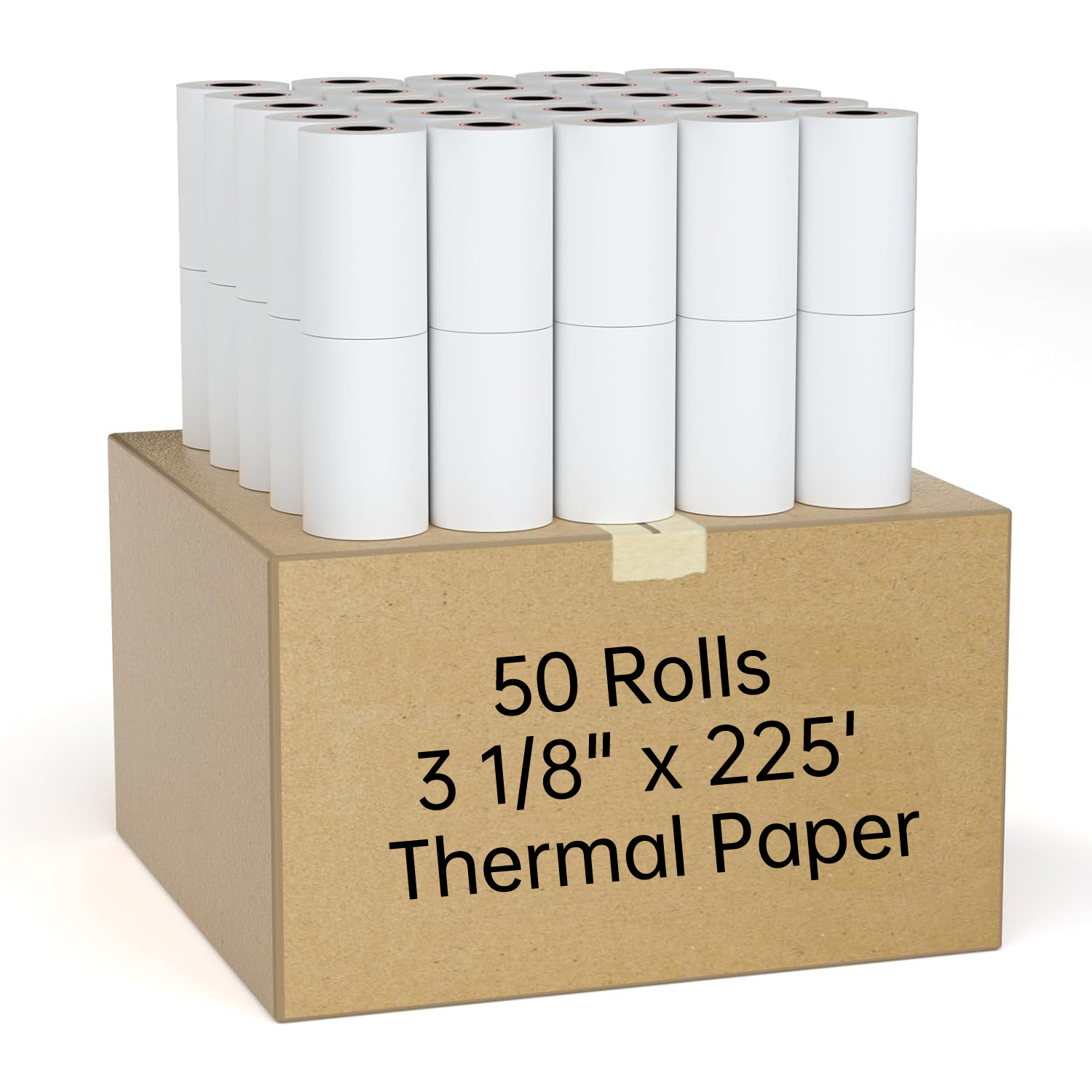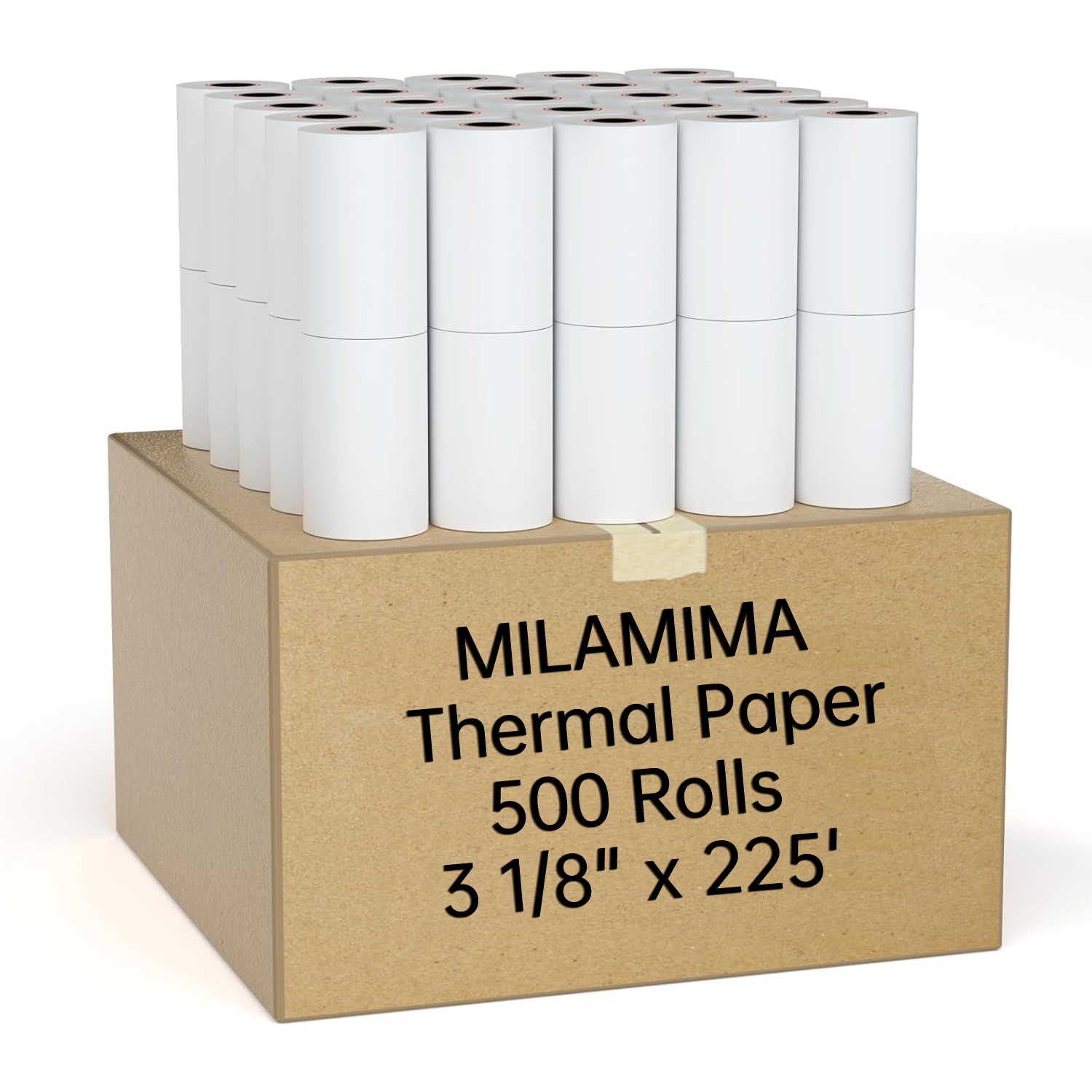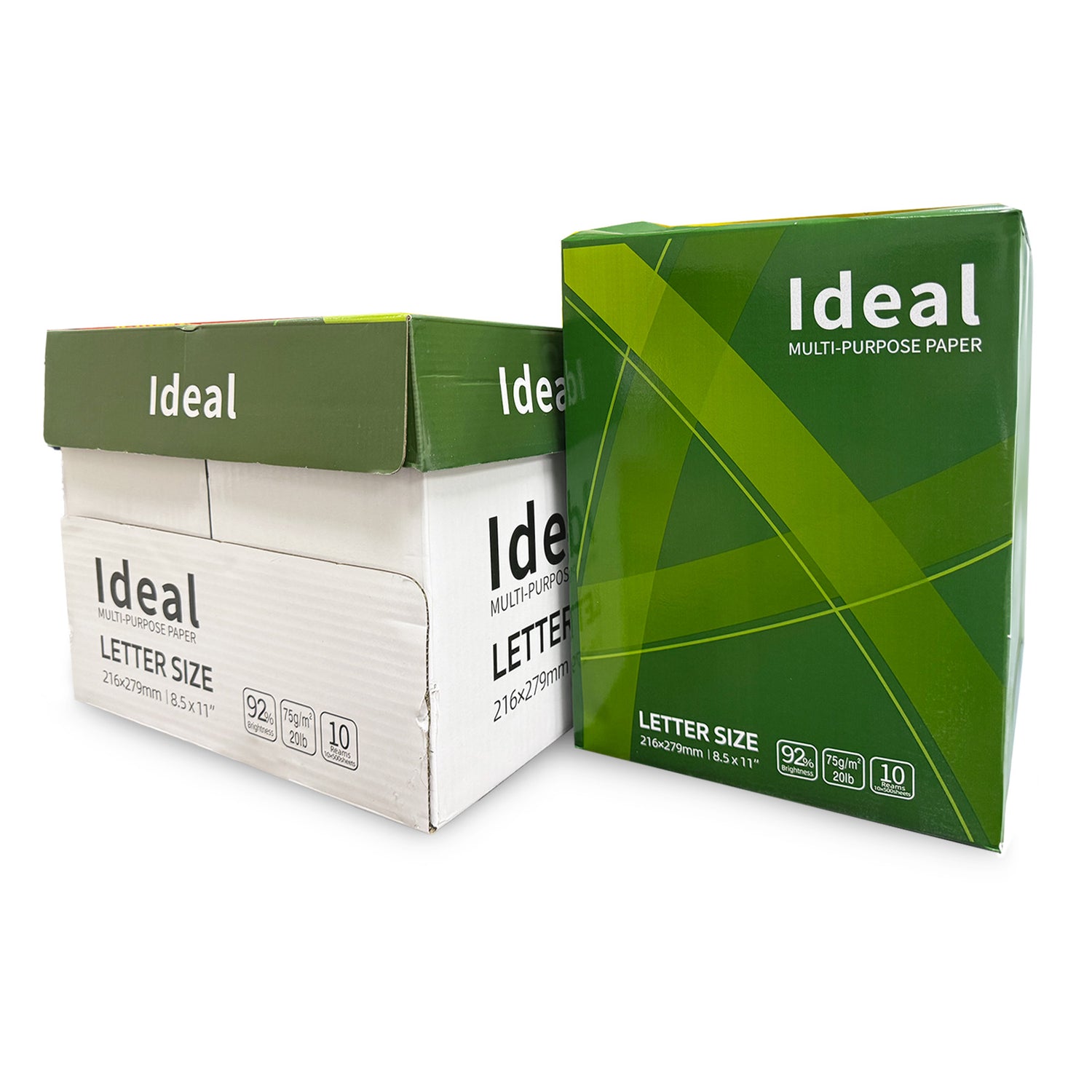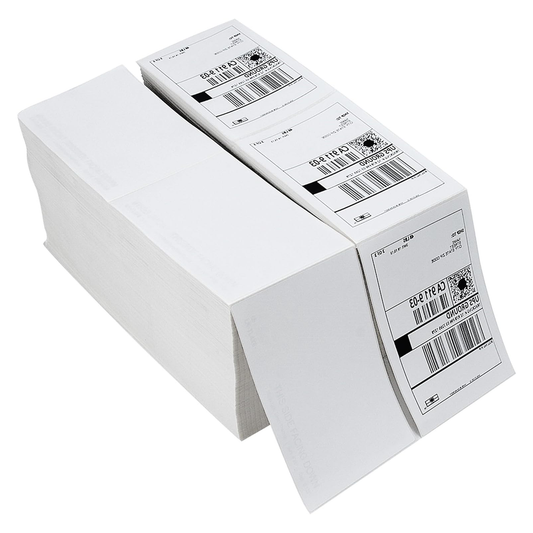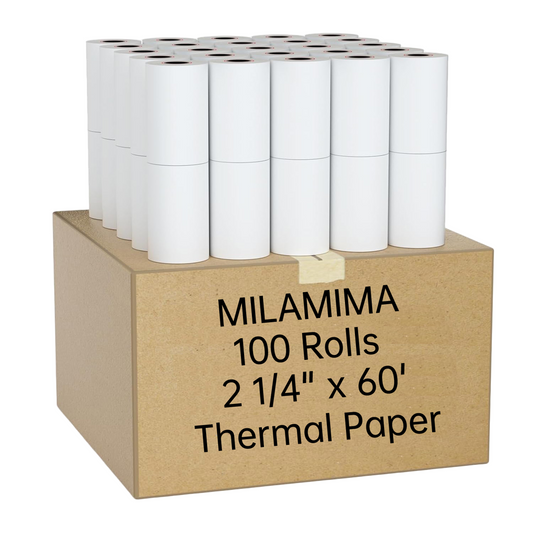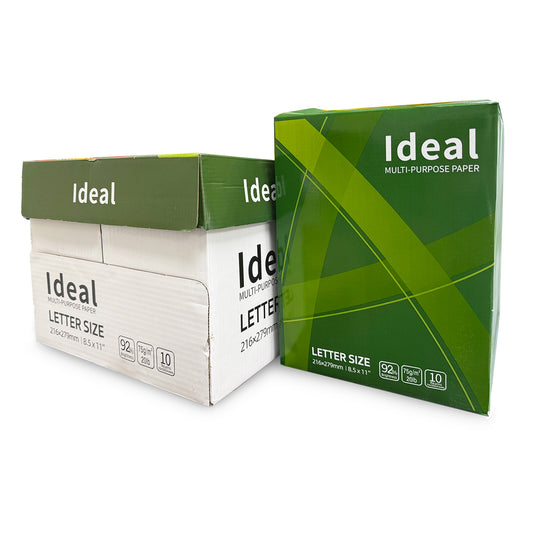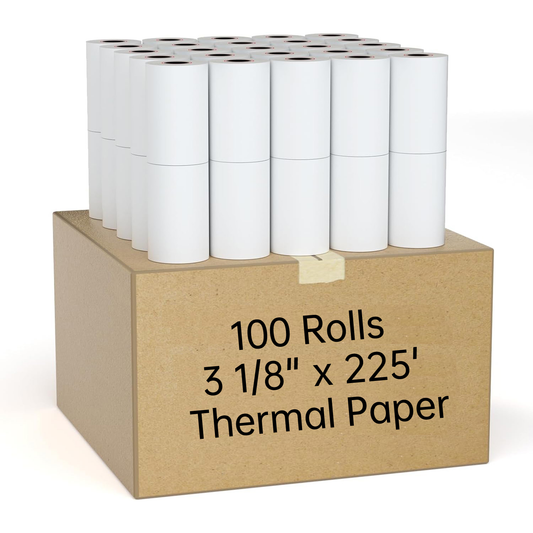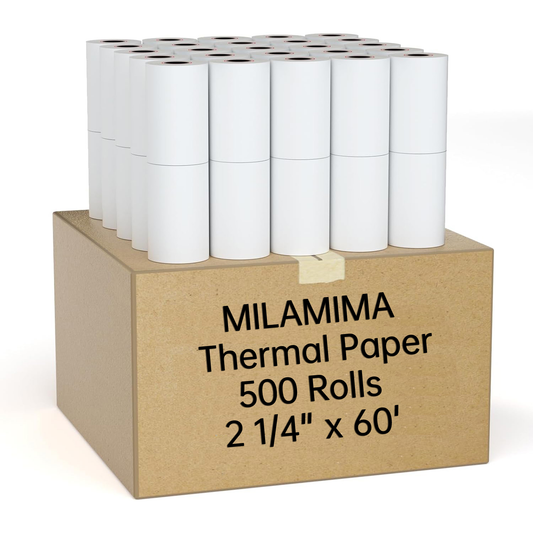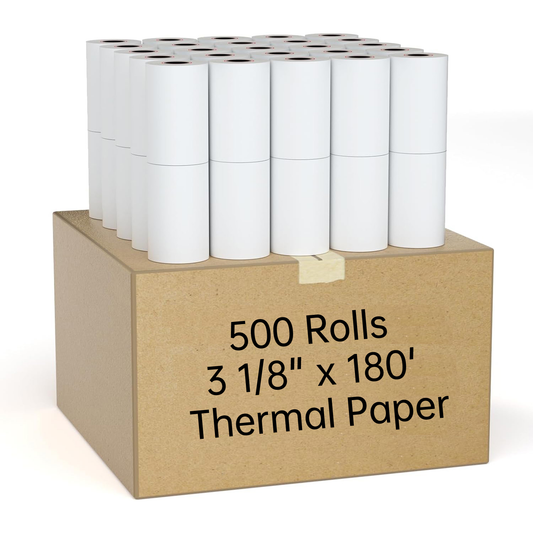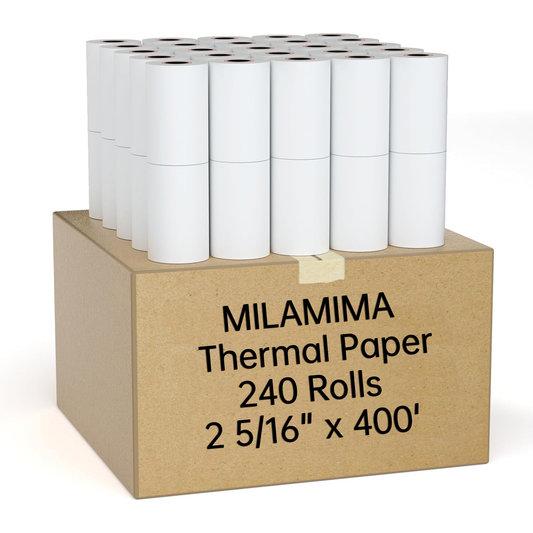Choosing the right binoculars can be a daunting task, especially if you're not familiar with the jargon and numbers associated with them. You've probably seen terms like "10×42" or "8×32" and wondered what they actually signify. This guide will break down the key binocular numbers and terms to help you make an informed decision. Whether you're an avid birdwatcher, a hunter, or just someone who enjoys the great outdoors, understanding these specifications will enhance your viewing experience.
1. Magnification and Objective Lens Diameter
Examples: 10×42, 8×32, 15×56
What It Means: The first number represents the magnification power, while the second number indicates the diameter of the objective lenses (the lenses farthest from your eyes) in millimeters. For instance, a 10×42 binocular magnifies objects 10 times and has 42mm objective lenses. Higher magnification numbers bring subjects closer, while larger objective lenses gather more light, resulting in a brighter image. Generally, binoculars with objective lenses of 32mm or less are considered "compact," while those with 40mm or more are "full-size."
Choosing the Right Magnification:
- Mobile Hunting in the Woods: 6×32 to 8×32
- Mobile Hunting in Mixed Terrain: 8×32 to 10×32
- General Purpose: 8×40 to 10×50
- Open-Country Hunting: 10×42 to 15×50
- Truck Binoculars: 12×50 to 15×56
2. Physical Size and Weight
Example: 5.8” x 5.1” x 1.9”; 23 oz
What It Means: This refers to the dimensions and weight of the binoculars. Size is often expressed in height, width, and depth, while weight is measured in ounces. For example, a binocular measuring 5.8 inches tall, 5.1 inches wide, and 1.9 inches deep weighs 23 ounces.
What This Means for You:
- Compact Binoculars: Height less than 5 inches and weight under 18 ounces, ideal for mobile activities.
- Full-Size Binoculars: Height over 5.5 inches and weight at least 20 ounces, suitable for stable use like truck storage.
3. Eye Relief
Example: 15.5mm
What It Means: Eye relief is the distance from the ocular lenses to your eyes where you can still see the full field of view without vignetting (a dark ring around the edges).
Choosing the Right Eye Relief:
- Glasses Wearers: Look for binoculars with longer eye relief to avoid removing your glasses while using them.
- Non-Glasses Wearers: Standard eye relief should suffice unless you have specific comfort needs.
4. Close Focus
Example: 5 feet
What It Means: This is the minimum distance at which you can clearly focus on an object. For instance, a close focus of 5 feet means objects closer than 5 feet cannot be brought into sharp focus.
Choosing the Right Close Focus:
- Birding and Insect Observation: Opt for binoculars with a close focus distance of 6 feet or less.
- General Use: Close focus is less critical unless you need to observe small details up close.
5. Exit Pupil
Example: 4.2mm
What It Means: The exit pupil is calculated by dividing the objective lens diameter by the magnification. For a 10×42 binocular, the exit pupil is 4.2mm. A larger exit pupil allows more light to enter, improving low-light performance.
Choosing the Right Exit Pupil:
- Low-Light Conditions: A larger exit pupil (e.g., 5mm) is beneficial for dawn and dusk observations.
- High Magnification: Consider the trade-off between magnification and exit pupil size based on your viewing conditions.
6. Field of View (FOV)
Example: 362’ @ 1,000 yards
What It Means: FOV measures the width of the observable area through the binoculars, usually expressed in feet or meters at a distance of 1,000 yards. For example, a FOV of 362 feet at 1,000 yards means you can see 362 feet wide of the scene at that distance.
Choosing the Right FOV:
- Finding Moving Subjects: A wider FOV helps locate and track subjects more easily.
- Detailed Observation: Narrower FOVs are more common with higher magnification but may make finding subjects more challenging.
Conclusion
Understanding the numbers and terms associated with binoculars can greatly enhance your viewing experience, whether you're birdwatching, hunting, or simply enjoying nature. By considering magnification, objective lens diameter, size, weight, eye relief, close focus, exit pupil, and field of view, you can select the binoculars that best fit your needs and preferences. So the next time you're shopping for binoculars, you'll be well-equipped to make an informed decision.

